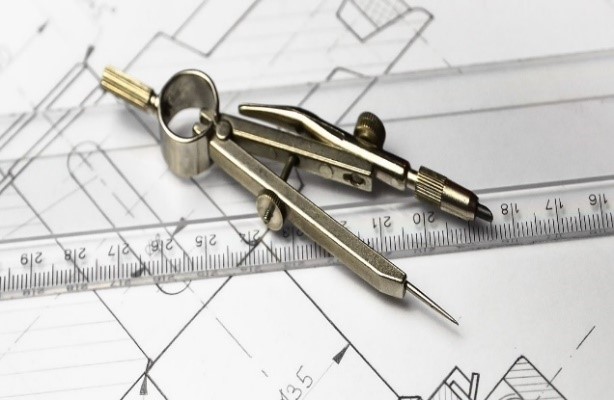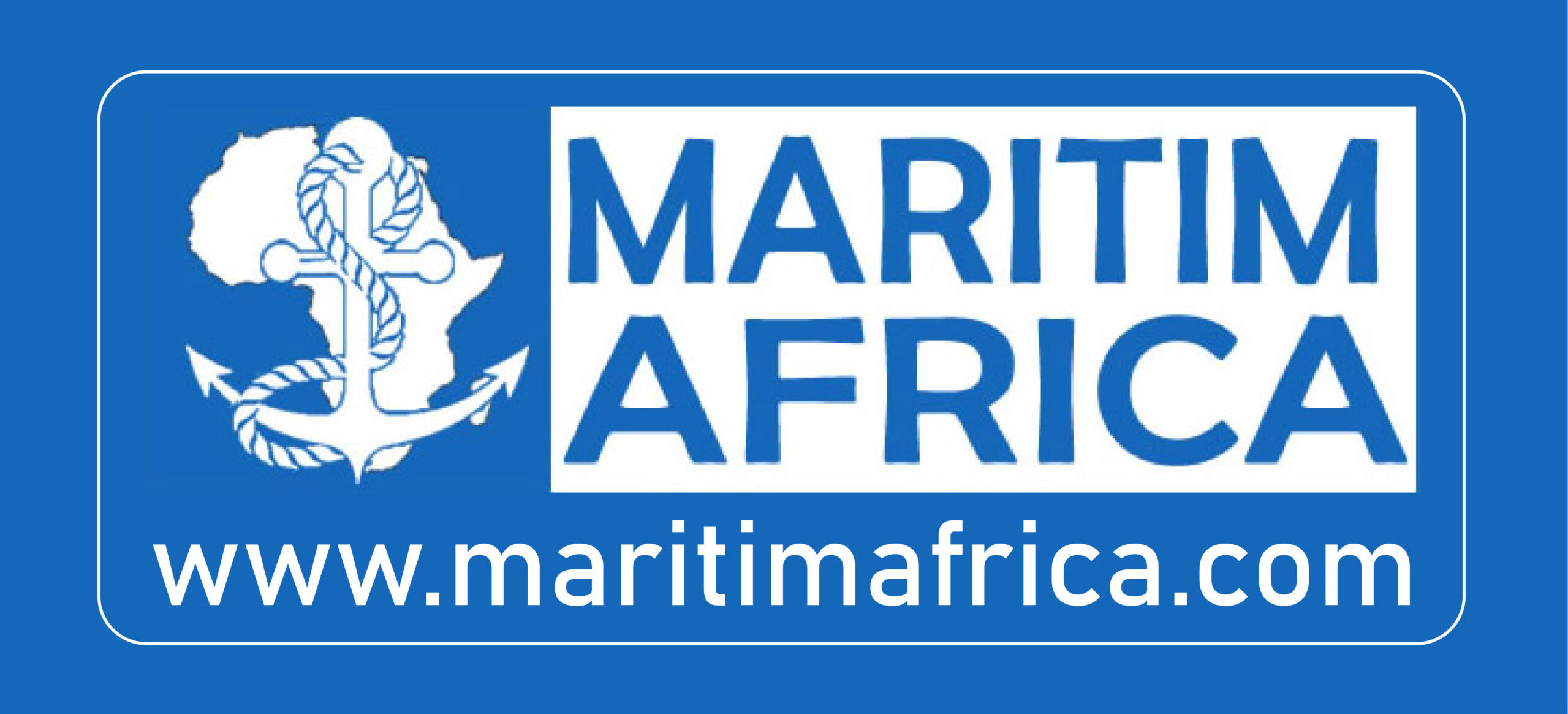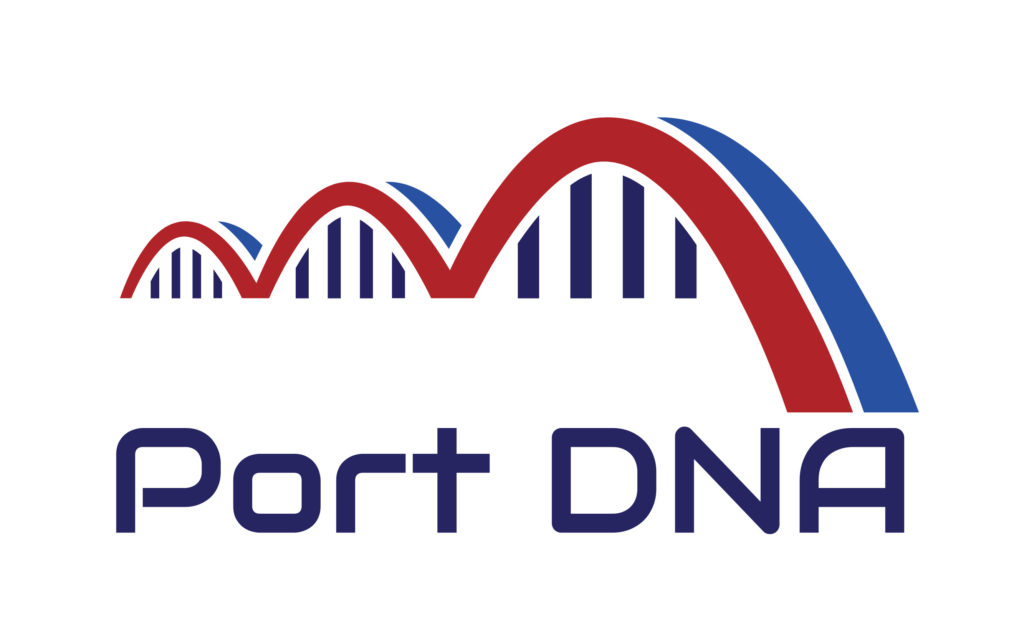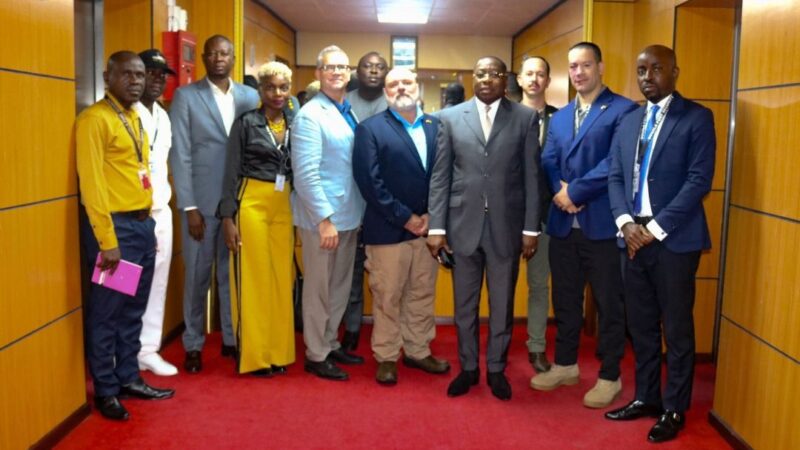Principles of Container Terminal Design
 The design and construction of a marine container terminal is a long and difficult task requiring multiple expertise and with almost irreversible choices, given the lifespan of the infrastructure which is estimated at 100 years on average and the average of concessions duration which is around 25 years.
The design and construction of a marine container terminal is a long and difficult task requiring multiple expertise and with almost irreversible choices, given the lifespan of the infrastructure which is estimated at 100 years on average and the average of concessions duration which is around 25 years.
- Role of Container Terminals and Seaports
Ports and Container Terminals are a link in the global transport chain that ensures the transition from a maritime mode of transport to a land-based transport mode, or even another maritime mode via transhipment between services.
Before starting the design, development and implementation of a container terminal within a port boundary, it is necessary to clearly identify the functions and services that the port management wishes to see being provided by this port in the short, medium and long term.
We must therefore ask ourselves the 3 essential questions:
- A port, to handle what type of goods? (Containers, Bulk Liquid, solid, RORO, …)
- A Container Terminal to ensure what type of traffic? (National, Transhipment, Transit or Mixed)
- A Container Terminal with additional handling capacity of XXX TEU’s per annum by year DDDD
From the answer to these questions will emerge the overall context of the project which will become the ultimate guide for the designer and the project team.
- Container Terminal Design Principles
The regional and global economic, competitive and environmental requirements in the maritime sector leads to the design requirements for a sustainable container terminal infrastructure, capable of ensuring future growth over time, taking into account the scarcity of port spaces, the development costs, the external competition while maintaining the environmental standards and social requirements.
The design involves a multitude of studies and multidisciplinary teamwork within a well-defined timeline, to meet business, operational and strategic needs.
In-depth knowledge of the functioning of container terminals, their technical and operational specificities as well as the port management mode are crucial elements for the port designer, because without understanding these fundamental internal operating mechanisms, the design may not meet the functional and operational requirements. Any correction of design errors after construction starts or after the contract has been awarded to a construction company tend to generate significant additional costs, extended lead time for execution leading to delayed go live measured in months, as well as risks of descoping or compromise on the quality of the build.
The number of factors to be taken into account in the design of a container terminal are extremely high and covers a wide variety of areas. In order to organize them and thus facilitate the conclusions to be drawn, it is quite appropriate to carry out a SWOT analysis of all the project’s attributions and its criteria.
SWOT is the acronym for “Strengths, Weaknesses, Opportunities, Threats” which is a powerful strategic analysis tool in infrastructure development policy. large scale which allows the mapping of Opportunities and Threats as well as determining the points of attention.
The design of a container terminal must follow the business development cycle as illustrated in the diagram below, this methodology is often followed by project development teams, it allows constant feedback of experience and requirements while ensuring the improvement of the design.
As shown by the business development cycle above, the multidisciplinary studies are executed in a well-defined chronology, which aims at a progressive and complementary compilation of the needs and requirements of the future port management team as well as the establishment of definitions, functional needs and technical specifications (Term of References) not only for port infrastructure, but also for other transport and logistics infrastructure (access roads, connection to the motorway network, to the rail network, pipeline, etc.) necessary for proper functioning of the terminal.
All the stages of the design must be carried out in sync to allow the design decisions to be integrated into the project planning.
- Port planning
Port management is directly linked to various planning activities such as the use of resources to meet customer’s needs. These planning activities can be grouped into Short-, Medium- and Long-Term planning.
In order to distinguish between the three categories, it is important to better understand the differences:
a) Long-term planning is essentially dedicated to the port designer (designer) or to the development team within the existing port, it encompasses the strategic positioning, the development of facilities and the acquisition of equipment to face the future requests for port services. It is finalized by a master plan for the development of the port infrastructure, the plan is transmitted to the senior management or to the competent ministry for approval.
This planning activity analyses the current trends, types and quantities of ships and cargoes served by the port and establishes a forecast of future demand for port services that will become the basis for future development.
Since new facilities require significant time and capital to be developed, the long-term planning horizon is generally between 10 to 25 years; to facilitate future extensions of the port, it is also essential to take appropriate measures such as the acquisition or control of the lands surrounding the port to secure future growth opportunities.
b) Medium-term planning is generally undertaken by the terminal management, it therefore constitutes a methodology of management, it includes two types, financial and strategic planning.
i. Financial planning involves adapting to potential changes in costs and revenues by modifying resource allocations to meet projected demand. It is carried out each year as part of the annual budget cycle. This activity extrapolates from the previous year’s income and expenses and makes adjustments where major changes are expected. This is done with varying degrees of sophistication in all ports, regardless of their size and the markets they serve.
ii. Strategic plans are prepared every two to five years but reviewed annually. In these plans, existing port resources are allocated to different activities in order to meet specific objectives. Financial and strategic planning focuses on the allocation of the port’s existing resources as well as resources to be acquired in the medium term.
c) Short-term planning is the responsibility of the operations/execution teams, it involves the current allocation of port facilities, equipment and manpower to meet the needs of ships and cargo in the port. The planning responds to the short-term needs of port users. The purpose of this planning is to ensure efficient handling operations, quick turnaround of vessels and reasonable levels of use of assets, equipment’s and manpower.
- The feasibility Study of a project
Before launching the project, a series of multidisciplinary analysis and feasibility studies will have to be undertaken to cover the different aspects of the port business.
- Commercial feasibility or market study.
- Operational feasibility or Operational study.
- Technical feasibility or technical studies.
- Financial feasibility or financial study.
- Economic feasibility or economic study.
- Operational feasibility & Analysis
The operational nature of the container terminal which is comparable to a subset of production systems all linked to each other through a chain of command and chronology (input / output), the operational feasibility studies follow the same principle of input and output where several aspects must be addressed during these studies, including those relating to:
- Identify of the natural environment of the site,
- Identify the planned traffic in terms of tonnage and TEUs,
- The type (s) of cargo and their split %
- Future Volume forecast and Growth rate
- The vessel types calling the terminal as well as the Design vessels that the port is intended to serve safely. (Draft, Air draft, number of containers under and on deck.)
- Development of a master plan, completed by variants and by subsequent phases according to the law of supply and demand and taking into account disturbances that one terminal can cause to another (noise pollution, Pollution by debris and particles, Odour pollution, etc…)
- Development of a traffic plan and segregation of the various flows in order to reduce the effect of a congestion in one terminal on the Traffic of neighbouring terminals.
- Planning and optimization of space usage in order to reduce the terminal foot print.
- Identify the availability of local labour; the availability of graduating students and the establishment of a training strategy and continuous improvement.
- Static Operational numerical modelling and advanced dynamic simulation to estimate capacity, equipment needs, utilisation, operating expenses, capital Expenditure, container flows by type of transaction, human resource requirements …
The aim of the operational feasibility studies is to identify the real needs and to propose adequate solutions for the design of modern container terminal, efficient, adapted to the current economic climate and ready to meet future needs (Scalable)
- Definition of the Operational mode
The definition of the operational mode and the selection of the related infrastructure must imperatively be based on the results of the analyses and the operational feasibility. the selection of the operational mode must be carried out on the basis of the best compromise between the various requirements and constraints, such as the availability of land and berths as well as the key performance indicators of a Modern Container Terminal such as the Gross Moves per Hour per equipment, the throughput per meter of quay, the throughput per hectare, the operational cost, the annual treatment capacity, etc.
- Technical studies
Technical studies are the second step in the feasibility analysis of a project. They represent a prerequisite in the sense that they lay the first foundations of the project. However, they are required to evolve according to the various information and feedback from operational and financial requirements that will be received throughout the preparation of the project. They should provide clarification to a set of technical questions such as:
- Study and geographic feasibility
- Topographic study
- The bathymetric study
- Hydro-sedimentological modelling
- The current study
- The seismic study
- The study and technological feasibility
- The environmental feasibility studies
- …
Beyond the specialized studies above, the technical studies also cover what the product consists of? What are the necessary means to execute the construction work and meets operational and financial expectations (quality, cost price), define the national or international standards and regulations to be adopted …, The technical studies cover the following stages :
- Description of the production process
- Define the capacity and level of production
- Identify the needs for means of production
- Define the Locations and Building Requirements
Technical studies make it possible to better define the project and to move from an idea to something more concrete and better controlled. It is not an independent step since it is influenced by the results of financial and operational studies, which may lead to more or less significant technical changes. This study will therefore initially be in perpetual change to be more and more defined and precise as the analysis of the other feasibility studies of the project progresses.
- Conclusion
The container terminal Design involves a multitude of studies and multidisciplinary teamwork within a well-defined chronology and timeline. With four major focus
a) In-depth understanding and knowledge in the operation and management of container terminals
b) A Detailed feasibility studies and analysis, conducted with thoroughness and discipline, in order to highlight the requirements as well as the risks and constraints of the project.
c) A functional, versatile and flexible design capable of meeting future needs and changes.
d) Staged development to meet future needs and market changes.
Written by Lyes CHEBREK, PORT DNA _Jan 2021







